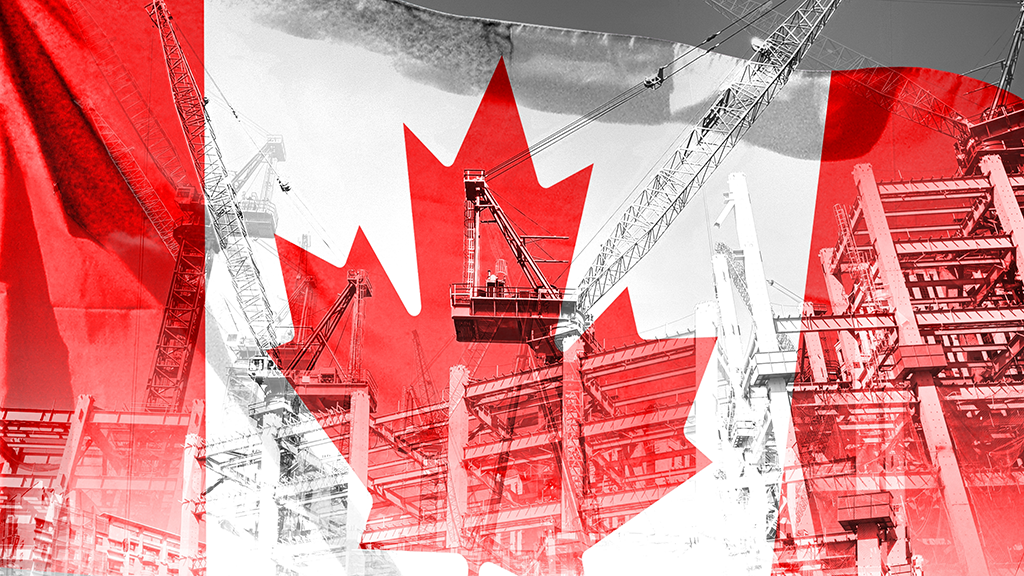Canada Shifts Focus on Domestic Growth Amid US Tariff Tensions

In the wake of new stiff tariff penalties being imposed on Canadian goods shipped to the United States, a historically large drop in dollar volume has been witnessed. This trade decline poses a significant challenge for Canada's economy and sparks discussions on possible alternatives to alleviate lost business.
To combat this downturn and bolster its domestic growth, the Canadian government has embarked on two concurrent strategies: expanding free trade agreements and investing in infrastructure projects. The aim is to foster a more cohesive and dynamic East-West economic flow within Canada, while opening new markets both domestically and internationally.
The expansion of the Canadian Free Trade Agreement, initially adopted in 2017, is a key focus for Ottawa. This initiative seeks to eliminate interprovincial barriers to trade and enhance cross-border collaboration among provinces and territories. Several bills have been ratified or are close to being passed at the provincial level, including Nova Scotia's Bill 36, Quebec's Bill 112, and British Columbia's Bill 7, which promote free movement of goods, services, and labor within Canada.
Additionally, policymakers are placing emphasis on 'nation-building' projects that stimulate resource development, cargo shipping investments, and offer opportunities for Indigenous communities to participate in economic growth. Priority areas include enhancing cargo shipping capabilities by reaching new trading partners as alternatives to the U.S., while prioritizing environmentally conscious and clean-energy solutions.
The Canadian government is set to pass Bill C-5, the One Canadian Economy Act, which includes provisions such as the Free Trade and Labour Mobility Act and the Building Canada Act. These initiatives aim to streamline economic development, promote resource extraction in strategic areas like Western Canada, and enhance indigenous involvement in growth projects.
Moreover, Ontario has passed Bill 5: Protecting Ontario by Unleashing Our Econom Act 2025, which includes provisions to eliminate regulatory red tape, designate economic development zones, and streamlining environmental approvals. Notwithstanding its benefits, this bill has raised concerns from Indigenous advocates regarding the limited scope of consultation mechanisms.
The pipeline system appears set to be revitalized with projects such as upgrading hydropower capacity for CO2-free electricity exports, expanding Port Churchill in James Bay to facilitate resources transportation westward, and investing billions in new infrastructure. It is essential that these projects adhere to environmental standards while sparking interest in diverse opportunities spanning the nation's diverse terrains.
In conclusion, Canada continues its path toward revitalizing domestic growth, focusing on free trade expansion, infrastructure development, and harnessing clean energy potential.
